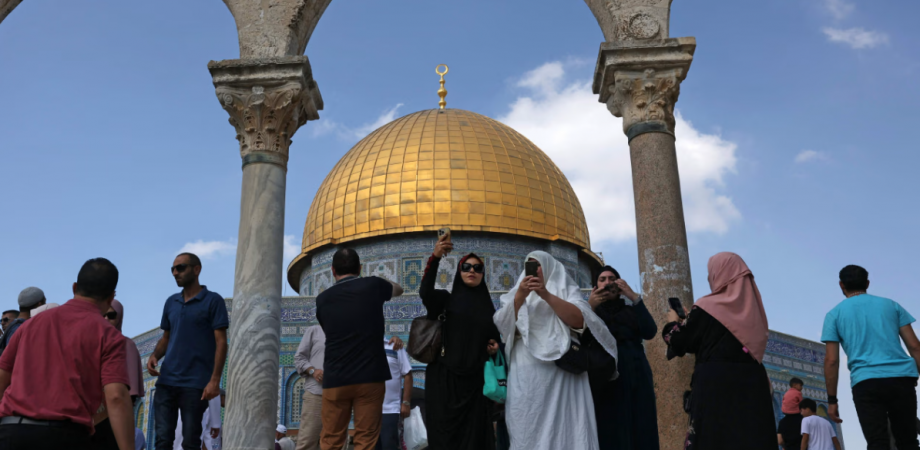Fifty-six years after the arson attack that ravaged Al-Aqsa Mosque, the site remains under constant threat. What began with flames in 1969 has, in the eyes of many, evolved into a wider campaign to alter the mosque’s identity through repeated incursions, excavations, and restrictions designed to weaken its Islamic character and tighten control over the compound.
The fire, set deliberately by an Australian extremist, destroyed a third of the mosque’s area and consumed priceless heritage, including the Salah al-Din pulpit. Water supplies were cut, and firefighting efforts delayed, leaving Palestinians from nearby cities to battle the blaze. Although decades of restoration have repaired much of the damage, the symbolic scars remain.
Today, the mosque faces daily settler incursions under police protection, often accompanied by rituals viewed as deliberate provocations. Excavations beneath and around the site continue to raise alarm, with fresh tunnelling activity reported in the Buraq Plaza west of the mosque. Observers see this as part of a coordinated strategy to impose new realities on the ground, from restricting Muslim worship to promoting the narrative of a so-called “Temple Mount.”
Religious holidays have become moments of heightened tension, marked by mass settler entries, intensified restrictions on Palestinian worshippers, and waves of arrests. At the same time, Israel obstructs restoration works and sidelines the Islamic Waqf, the custodian of the site, undermining its authority.
As the anniversary of the fire is remembered, the warning is clear: Al-Aqsa is not simply a relic of the past but a living target of policies that aim to fragment its sanctity and redefine its future. For Palestinians, the threat is no longer a single act of arson, it is a sustained attempt to erase history and identity, leaving a wound that still smoulders 56 years on.
Source : Safa News




